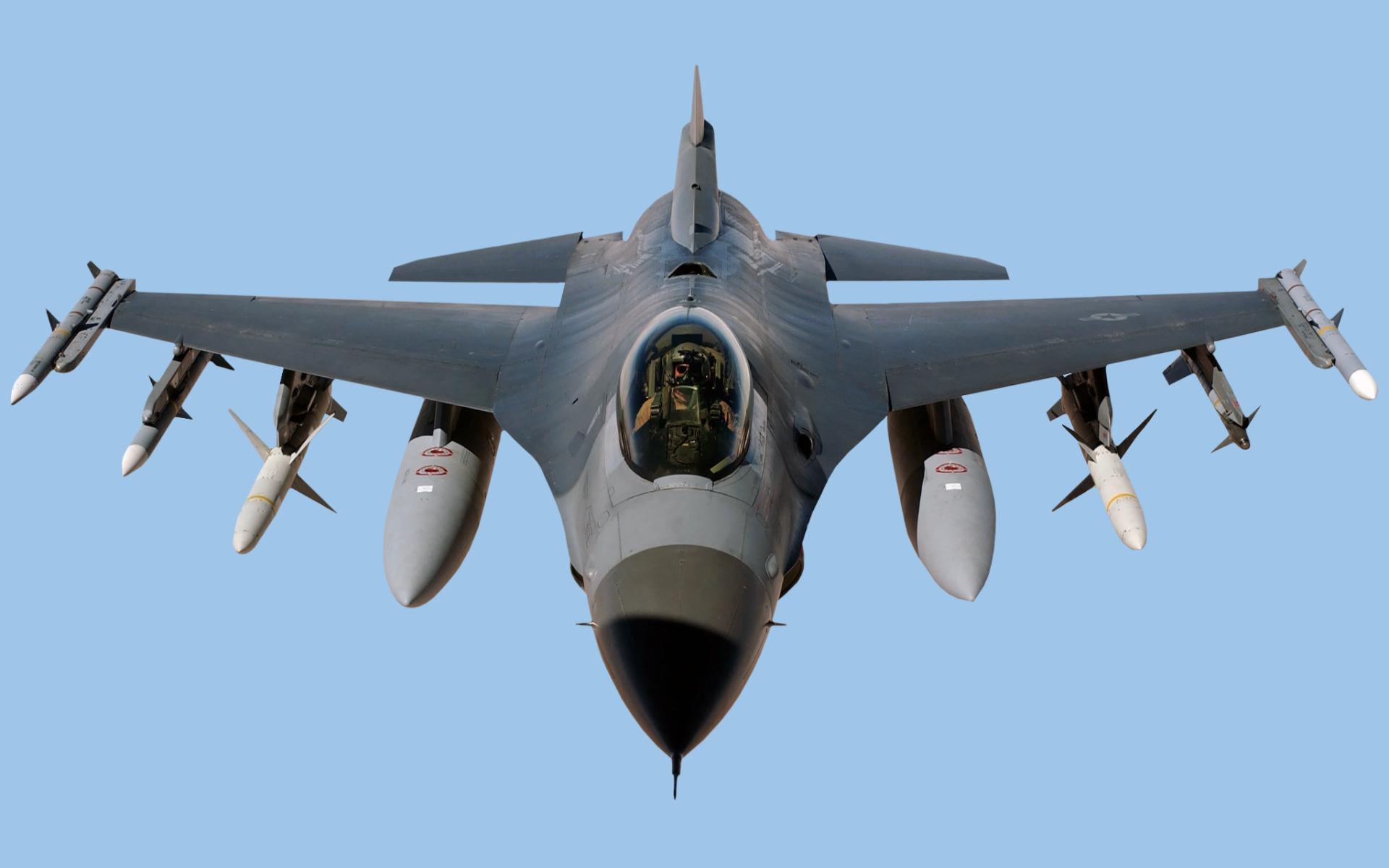Understanding MIL-STD-704: Aircraft Power Standards for Reliable and Safe Electrical Systems
Understanding MIL-STD-704. Lets delves into the realm of MIL-STD-704, a crucial set of standards governing aircraft power systems. Exploring the significance of these standards, the paper outlines the aircraft power standards defined in MIL-STD-704 and emphasizes their importance in ensuring the reliability and safety of electrical systems within aircraft.
Introduction: The aviation industry has evolved dramatically over the years, with aircraft becoming more advanced and reliant on intricate electrical systems. The reliable operation of these systems is paramount, as any failure could lead to catastrophic consequences. MIL-STD-704, a standard established by the U.S. Department of Defense, provides a comprehensive framework for aircraft power systems, ensuring that electrical systems operate seamlessly and safely under varying conditions.
Understanding MIL-STD-704: Aircraft Power Standards: MIL-STD-704, titled “Aircraft Electric Power Characteristics,” is a set of standards that define the essential electrical power characteristics that aircraft electrical systems must meet. These standards are intended to ensure consistent and reliable power distribution, even in demanding and dynamic flight conditions. By establishing uniform criteria for power generation, distribution, and utilization, MIL-STD-704 contributes significantly to the safety and efficiency of aircraft operations.
Significance of MIL-STD-704 Standards:
- Safety: Safety is paramount in aviation. MIL-STD-704 plays a pivotal role in maintaining the safety of electrical systems by setting strict limits on voltage, frequency, and phase characteristics. Compliance with these standards prevents overvoltage or undervoltage situations that could lead to equipment malfunction or even fires, minimizing the risk to both the aircraft and its occupants.
- Reliability: Aircraft power systems must be highly reliable to support critical functions such as avionics, lighting, and communication. MIL-STD-704 ensures that power systems remain stable and operational, even when subjected to fluctuations in generator output or varying loads.
- Interoperability: The aerospace industry comprises various aircraft types and manufacturers. MIL-STD-704 promotes interoperability by providing a common set of power standards, allowing aircraft components and systems from different suppliers to work together seamlessly.
- Dynamic Flight Conditions: Aircraft experience a wide range of dynamic flight conditions, including takeoff, landing, and turbulence. MIL-STD-704 standards account for these conditions, ensuring that power systems can adapt and perform optimally across various operational scenarios.
- Global Adoption: The global nature of aviation requires compatibility with different power grids and sources worldwide. MIL-STD-704 considers these variations and provides guidance to design power systems that can interface with diverse power sources.
Aircraft Power Standards Defined in MIL-STD-704:
- Voltage: MIL-STD-704 outlines voltage limits to prevent overloading or underpowering aircraft systems. It defines acceptable voltage ranges under normal, abnormal, and emergency conditions.
- Frequency: The standard establishes permissible frequency variations to accommodate power generation fluctuations, engine speed changes, and power source transitions.
- Phase Sequence: Proper phase sequence is critical for the synchronization of three-phase equipment. MIL-STD-704 ensures consistent phase relationships between power sources to prevent damage to equipment and ensure smooth operation.
- Transient Responses: Aircraft power systems are exposed to transient events like sudden load changes or engine startups. The standard specifies transient response requirements to ensure that power systems can handle these events without destabilizing.
- Inrush Currents: During equipment startup, inrush currents can stress power systems. MIL-STD-704 defines limits on these currents to prevent circuit breakers from tripping and ensure proper startup.
Conclusion: MIL-STD-704 stands as a pillar of excellence in the aviation industry, guiding the development and operation of aircraft power systems. By establishing precise standards for voltage, frequency, phase sequence, and more, this standard ensures that aircraft electrical systems remain reliable, safe, and interoperable under diverse conditions. In an environment where precision and safety are paramount, MIL-STD-704 shines as a testament to the dedication of the aviation community towards achieving optimal performance and passenger safety.
References:
- MIL-STD-704F, “Aircraft Electric Power Characteristics,” U.S. Department of Defense, 10 March 2020.
- Flight Safety Foundation. (2003). “Safety Implications of Aircraft Electrical System Design Changes,” Flight Safety Foundation Approach and Landing Accident Reduction (ALAR) Briefing Note 7.3.
- Keith, J. M., & Franz, S. J. (1992). “Advancements in Electrical Power Systems for Aircraft.” Proceedings of the IEEE, 80(7), 1122-1136.
- Goyder, H. G., & Armstrong, R. (1993). “Aircraft Electrical Systems.” Aircraft Engineering and Aerospace Technology, 65(1), 14-20.
- Englar, R. J., & Schuster, M. (2017). “Aircraft Electric Power System Safety.” SAE International.





